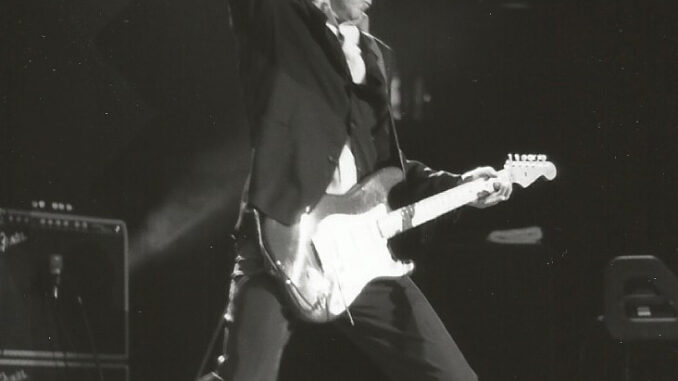
Tim Van Schmidt | New SCENE
I’ll never forget the first time I saw the legendary classic rock band The Who. It was in 1976 and I drove 200 miles to see the group at Anaheim Stadium in California.
My earliest memories of The Who were singles — “I Can See for Miles” and “Pinball Wizard”. Their music just invited swinging your arms and taking rock and roll poses — it was dramatic and full of rousing climaxes.
But I became acquainted with the real power of The Who in 1970. A friend had just bought the new record at the time, “Live at Leeds”, featuring some of the most electric, raw music I had ever heard. The Who’s contribution to the “Woodstock” soundtrack album — “We’re Not Going to Take It” — was also big and incendiary. They were colorful and even dangerous.
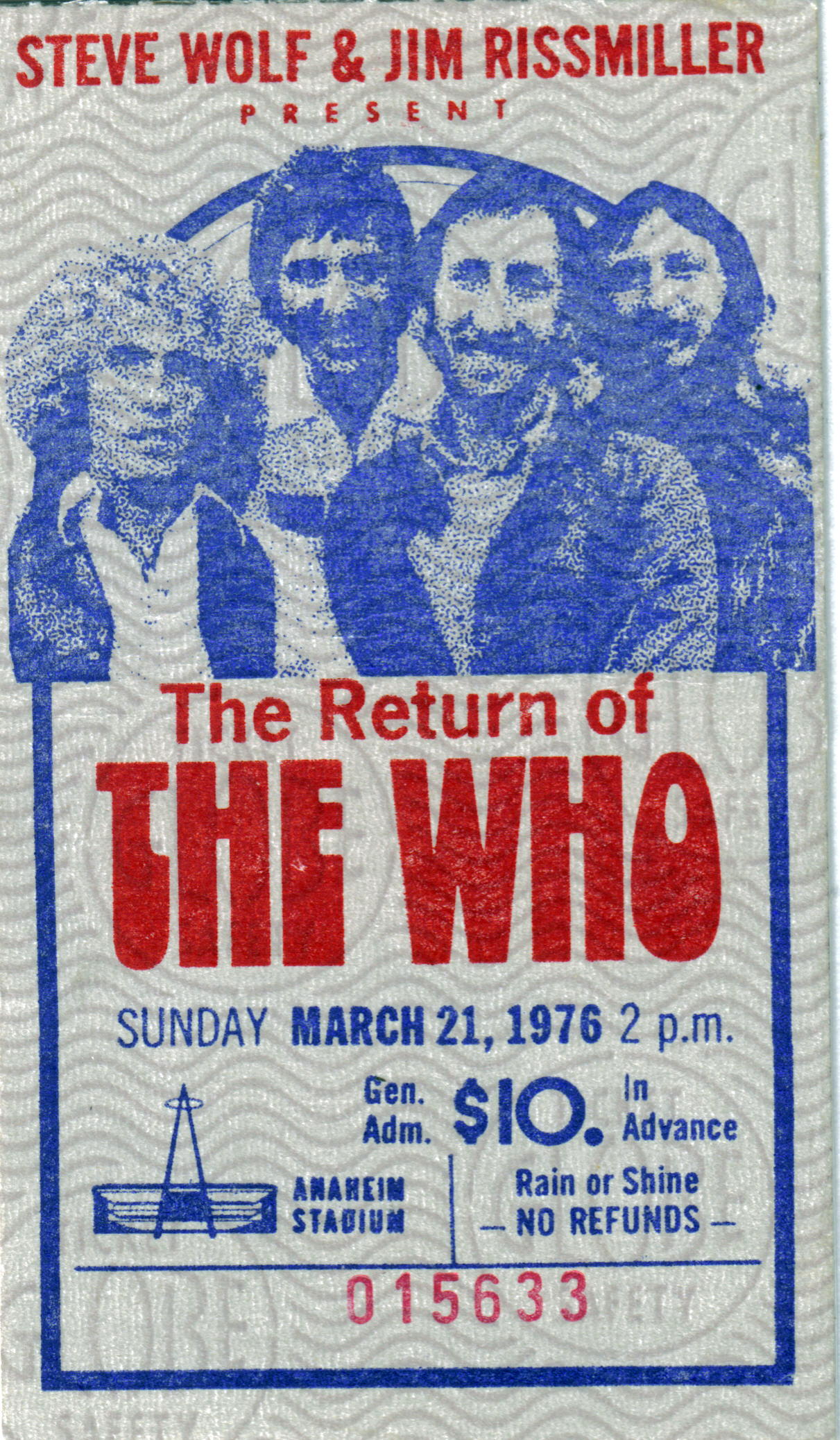
Finally, in Anaheim, after an all-day wait — which included a guy making an 11-story leap into a bed-sized sponge — the stadium darkened, and The Who arrived, drummer Keith Moon doing a somersault as he approached his drum kit.
It was like a powerful dream. The Who were majestic and dynamic, they were loud and poignant. A spray of laser lights against a freeway backdrop underscored the tough power that the band delivered.
“Baba O’Reilly” was magnificent, lights spreading out over the huge crowd — truly a “teenage wasteland”. It was a gas to hear a full version of “Magic Bus”. Moon took a turn at vocals for “Uncle Ernie”. The fans rocked to the point where the management flashed a message on the scoreboard asking patrons to stop stomping in the grandstands. The safety of the structure was in question as The Who played.
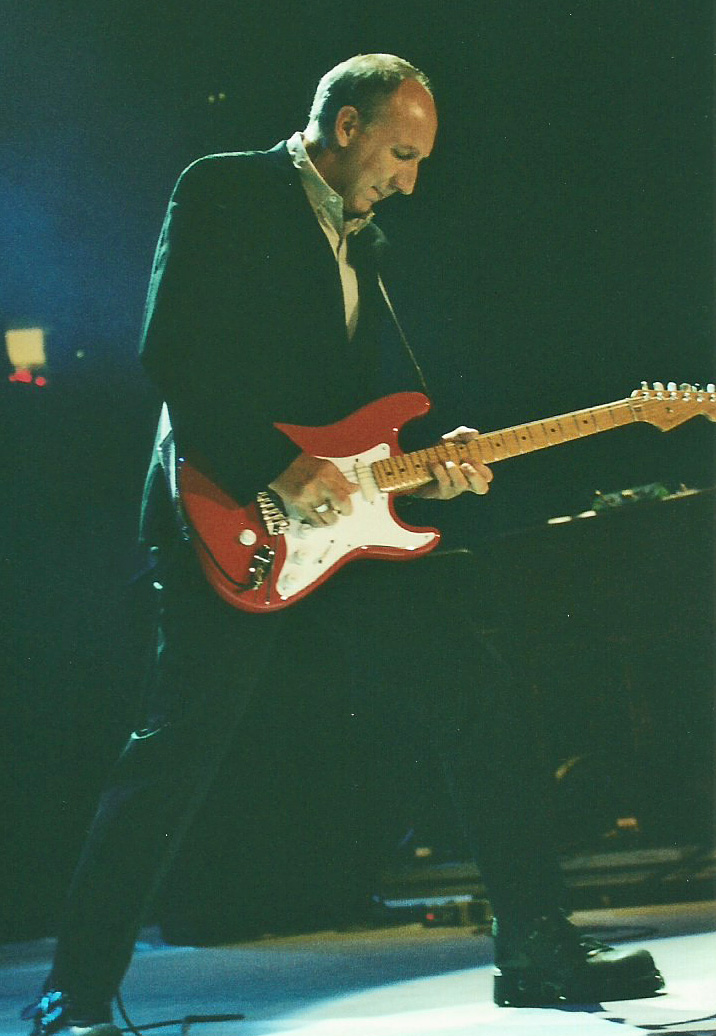
The feeling of danger that surrounded The Who was intact in Anaheim. The band had the power to incite riotous behavior in its audience — from stomping too hard in the grandstands to torching a car in the parking lot. As we exited the stadium, the car, flames shooting high into the night, had attracted a police helicopter, buzzing noisily around it, flashing its busy spotlight all over The Who’s rock and roll war zone.
I have seen The Who several times since — though they have been on again off again ever since Moon’s death in 1978. There was a triumphant reunion tour in 1989 that came to Folsom Field in Boulder. There was the 1996 date at McNichol’s Arena that featured a full production of “Quadrophenia”, including guest vocalists Gary Glitter and Billy Idol.
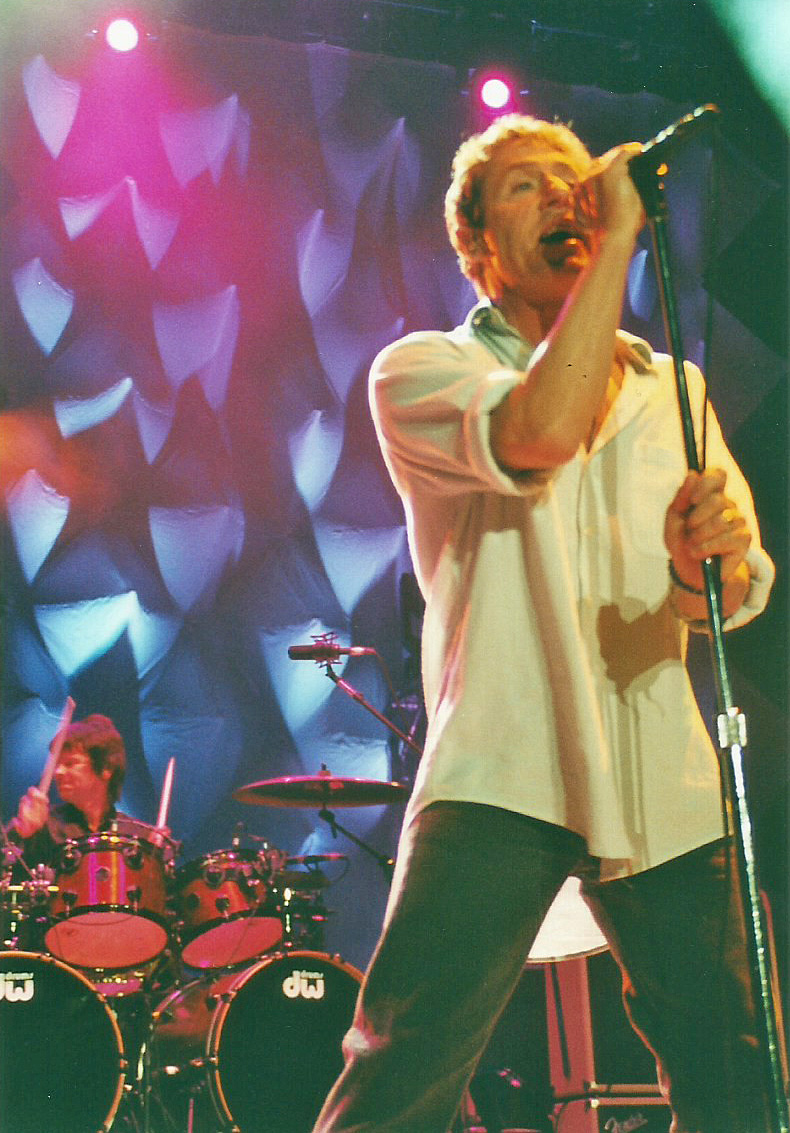
I finally got to photograph The Who in 2000 at the Pepsi Center — a rock and roll dream come true! This was thanks to an art gallery located in Fort Collins at the time — the Walnut Street Gallery — that was representing Who bassist John Entwistle’s artwork at the time. They also arranged a phone interview with Entwistle from his home in England. Less than two years later, Entwistle died at age 57.
In 2002, only three months after Entwistle’s death, I saw The Who at Fiddler’s Green with new bassist Pino Palladino. I was heartened then by what seemed like a ferocious display of electric guitar fireworks by Pete Townshend — there was still some danger left in the banged-up band.
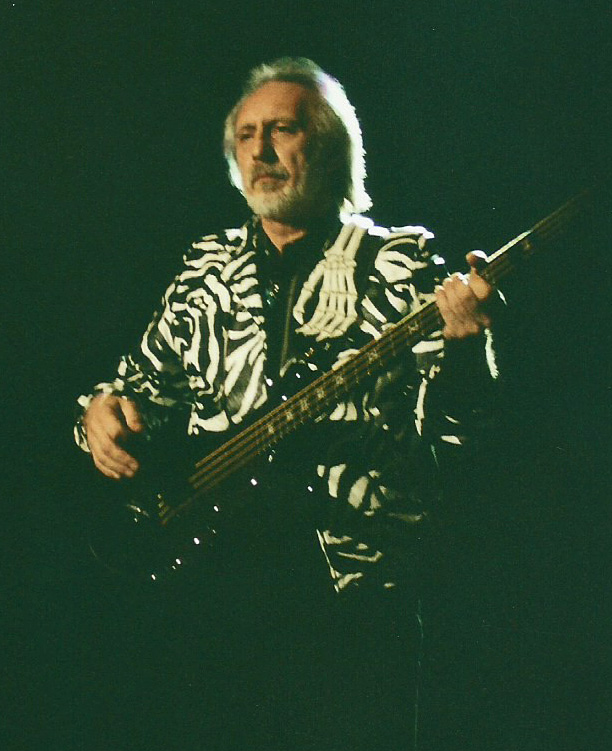
And The Who isn’t quite done rocking yet. They released an album of new material, “Who”, in 2019. In 2022, The Who is on tour again and has an upcoming date at Ball Arena on October 17.
Explore “Time Capsules by Tim Van Schmidt” on YouTube.

Support Northern Colorado Journalism
Show your support for North Forty News by helping us produce more content. It's a kind and simple gesture that will help us continue to bring more content to you.
BONUS - Donors get a link in their receipt to sign up for our once-per-week instant text messaging alert. Get your e-copy of North Forty News the moment it is released!
Click to Donate